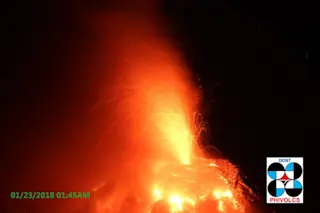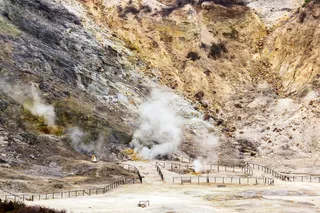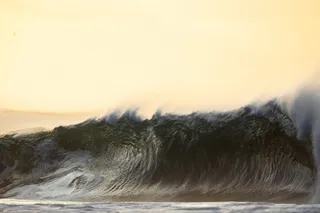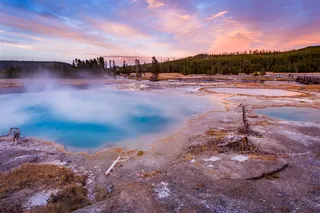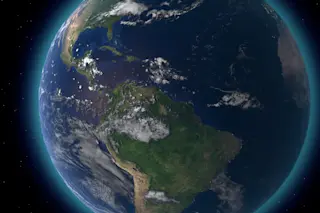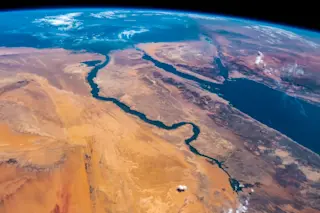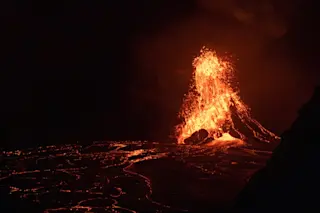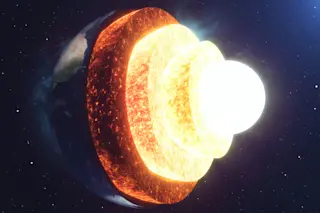Lava fountain from the summit crater of Mayon in the Philippines seen on January 23, 2018. This lava fountain is likely a few hundred meters tall. PHIVOLCS. In the Philippines, Mayon is erupting spectacularly, creating a lava flow that stretches over 3 kilometers (2 miles) from the crater, 600-meter lava fountains, pyroclastic flows that followed gullies for 5 kilometers (~3 miles) from the summit and explosions that are sending ash and volcanic debris over 3-5 kilometers (10,000-15,000 feet) into the air. Videos (below) show ash plumes and glowing debris spewing from the crater during these blasts and lava fountaining episodes. It's a notably strong increase in activity since the Mayon began erupting last week.
Cauliform ash plume reaching thousands of meters over Mayon in the Philippines, seen on January 23, 2018. Pyroclastic flows can be seen on the center of the image just underneath the white cloud deck. PHIVOLCS. At ...


